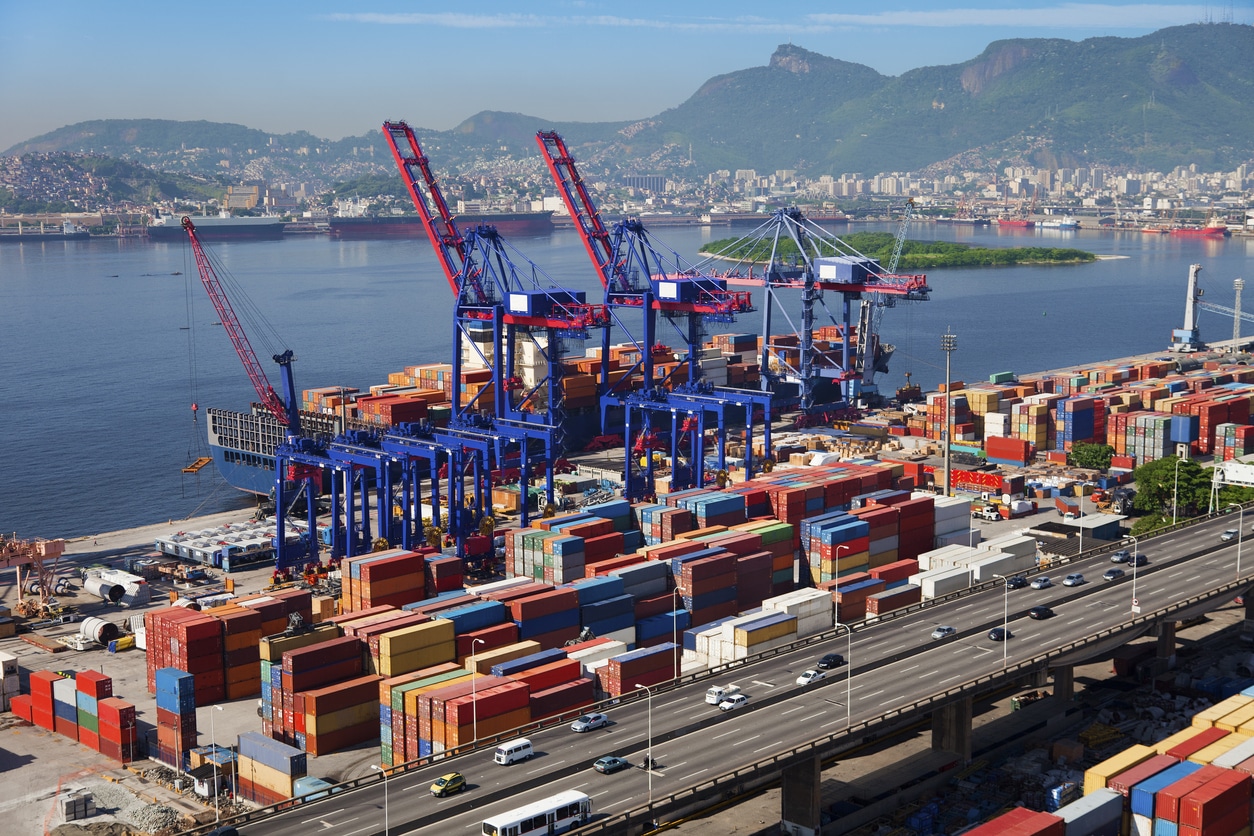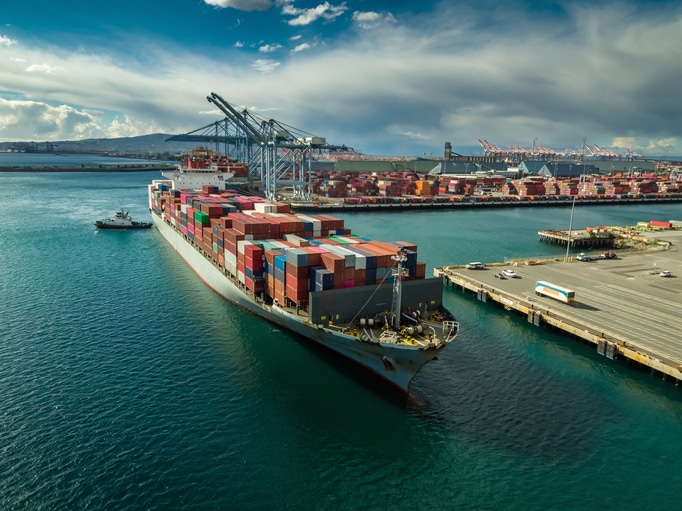West Coast Port Congestions and Labor Disputes Slows Down Supply Chain Operations

The West Coast of the United States has found itself in the grip of port congestion, creating significant hurdles for global trade and supply chains with cargo volumes in certain ports seeing an increase for a third straight month.
The region's major ports, specifically Los Angeles, Long Beach, Oakland, and Seattle-Tacoma, are currently struggling with congestion issues that threaten to disrupt the flow of goods and impact the economy.
So, what is the latest situation of the West Coast port dilemma?
Why Are There Port Delays?
Currently, a labor dispute of more than 22,000 dockworkers at nearly 30 ports across the West Coast has been ongoing since July 2022 causing workers to miss their shifts on some days as a measure to urge the two unions to come to a new agreement.
The dispute started after there were reports that the money earned by port operators was at a record $510 billion during the pandemic, with none of that money being allocated to an increase in pay for the workers.
Furthermore, the International Longshore and Warehouse Union (ILWU), has been aggressive in their pursuit of giving better pay, additional benefits, and formal contracts to the dockworkers after their last collective bargaining agreement expired last July.
When Will the Delays Stop?
The light at the end of the tunnel is looking dim at the moment, even more now with negotiations between the ILWU and Pacific Maritime Association (PMA) breaking down after the PMA claims ILWU’s dockworkers withheld labor at some of the West Coast ports.
This also isn’t the first time the ship dockers refused to clock in. Back in April, thirteen crane operators and top handler drivers boycotted the second evening shift to protest the lack of progress in negotiations. Their move led to cancellations, delays, and ports shutting down for the rest of the night.
Now the U.S. Chamber of Commerce has gotten involved in the drama sending a letter to President Joe Biden pleading for an immediate mediator to avoid more delays with peak shipping season coming in mid-August till the end of Thanksgiving.
How Does It Compare to the Delays During COVID?
While there’ve been recent reports of vessels getting idle for up to nine days and some ports shutting down due to lack of workforce, the L.A. Times claims the delays won’t be as worse back during Covid since there are now protocols in place and global supply chains have decreased.
Delays in shipments during the pandemic peaked at 109 vessels and were only cleared last November 2022.
Are the Delays Impacting Freight Costs?
In the last few months, shipping costs have continued to decrease compared to COVID levels. Containers imported from China to the US have seen rates drop continuously since November 2022. Freightos’ data also found that Mediterranean ocean rates are now on par with pre-pandemic levels.
What Will Happen if the Port Disruption Continues?
Throughout the entire week, the West Coast ports, including the Ports of Los Angeles, Long Beach, and Oakland, have encountered continuous labor delays and work stoppages. As a result, approximately $5.2 billion worth of trade remains stagnant at these ports.
If this work stoppage persists, everyday consumers may feel the impact. After all, it only takes one small disruption in the supply chain to affect disruption in other phases.
Though the disruption is temporary, the closure of the ports would pose a great problem if it continues to drag on. Importers would have to prepare for a slowdown in arrivals through the West Coast ports and The Chamber of Commerce expects more shippers to divert their cargoes to the East and Gulf Coast ports.





